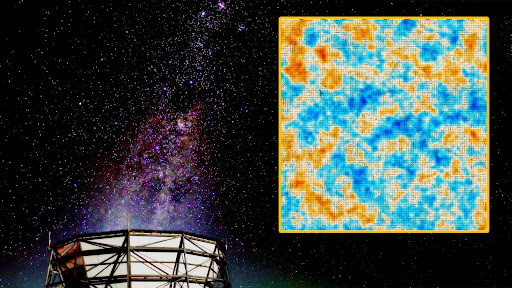James Webb telescope's 'starlit mountaintop' could be the observatory's best image yet — Space photo of the week
The James Webb Space Telescope has captured infant stars carving peaks of dust and gas in the Pismis 24 star cluster.

What it is: Pismis 24, a young star cluster
Where it is: 5,500 light-years away, in the constellation Scorpius
When it was shared: Sept. 4, 2025
A craggy mountain peak, a tower, perhaps even a finger — in this new celestial dreamscape from the James Webb Space Telescope (JWST), something seems to be pointing at a cluster of bright stars above, as if a stargazing session were going on deep in the Milky Way.
This is Pismis 24, a small open star cluster at the core of the Lobster Nebula in the constellation Scorpius. This vast region of interstellar gas and dust is one of the closest sites to the solar system where our galaxy's most massive and extreme stars burn fast and die young.
The orange and brown craggy peaks are huge spires of gas and dust, the European Space Agency wrote in a description of the image. The tallest, in the center of the image, is 5.4 light-years from base to tip — as wide as about 200 solar systems placed side by side out to Neptune's orbit. Erosion within these spires is caused by powerful stellar winds and ultraviolet radiation from the massive newborn stars in the star cluster above. It's all part of the process — as the gas is eroded and compressed by young stars' radiation, new stars are born within the spires.

It's a self-sustaining nursery, but there's nothing ordinary about the stars in Pismis 24, which are among the most massive known stars in the galaxy. The brightest star in the cluster, Pismis 24-1, was once thought to be a single star with a mass of 200 to 300 suns. That's almost twice the generally accepted upper mass limit for stars.
However, in 2006, the Hubble Space Telescope found that Pismis 24-1 is actually at least two separate stars orbiting each other. At 74 and 66 solar masses, respectively, the two stars remain among the most massive and luminous stars in the Milky Way. Their intense ultraviolet radiation and stellar winds have produced the dusty dreamscape captured in infrared by JWST's Near Infrared Camera.
As with all of JWST's images, there's a color code to understand before you can fully appreciate what you're seeing. Astronomers assign different color filters to different wavelengths of light: Cyan is hot, ionized hydrogen gas; orange is dust; deep red is cooler and denser hydrogen; and white is starlight scattered by dust. The darker, blacker regions show gas and dust so thick that even JWST's infrared sensors cannot penetrate it.
For more sublime space images, check out our Space Photo of the Week archives.
Get the world’s most fascinating discoveries delivered straight to your inbox.

Jamie Carter is a freelance journalist and regular Live Science contributor based in Cardiff, U.K. He is the author of A Stargazing Program For Beginners and lectures on astronomy and the natural world. Jamie regularly writes for Space.com, TechRadar.com, Forbes Science, BBC Wildlife magazine and Scientific American, and many others. He edits WhenIsTheNextEclipse.com.
You must confirm your public display name before commenting
Please logout and then login again, you will then be prompted to enter your display name.


